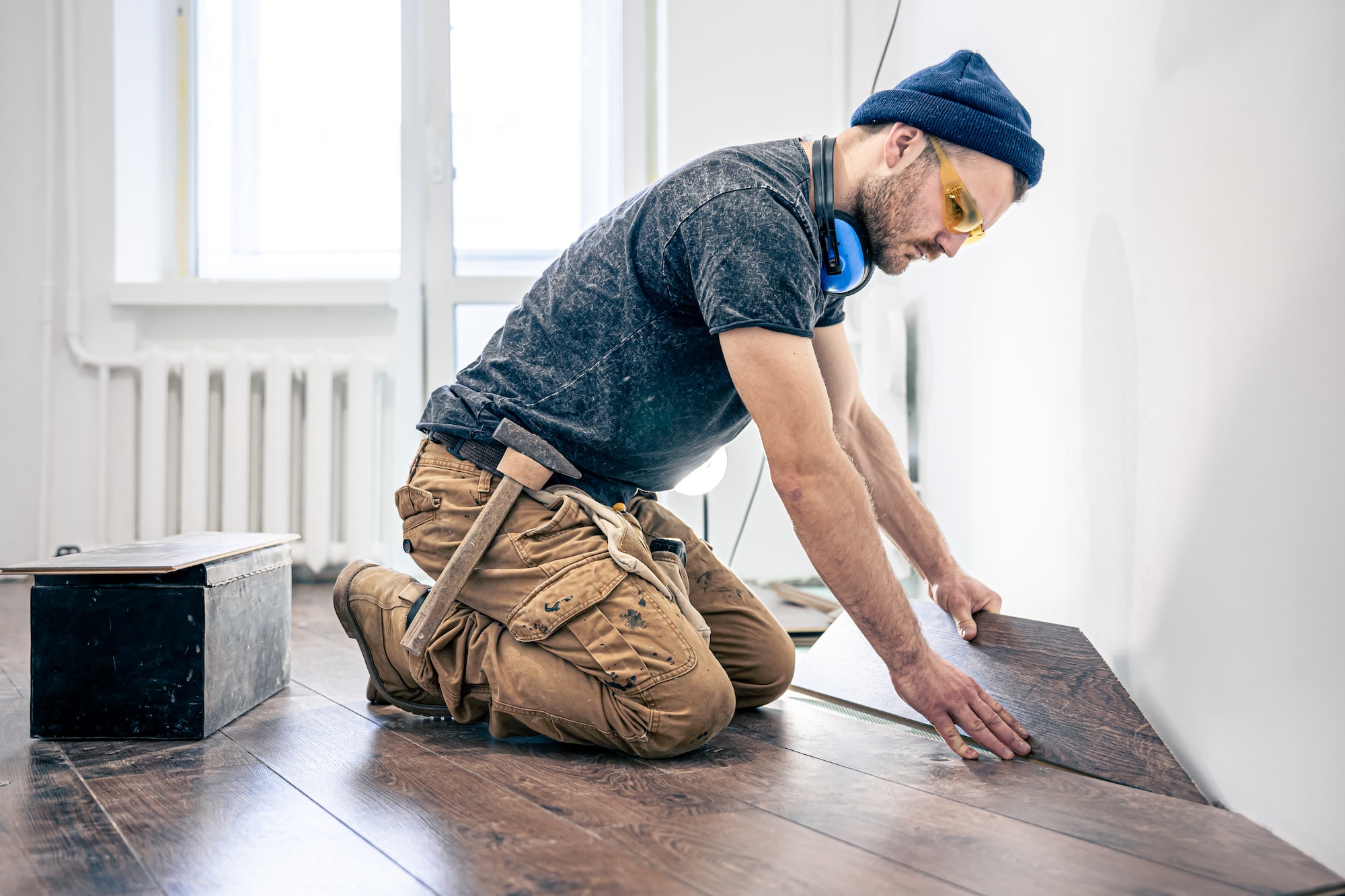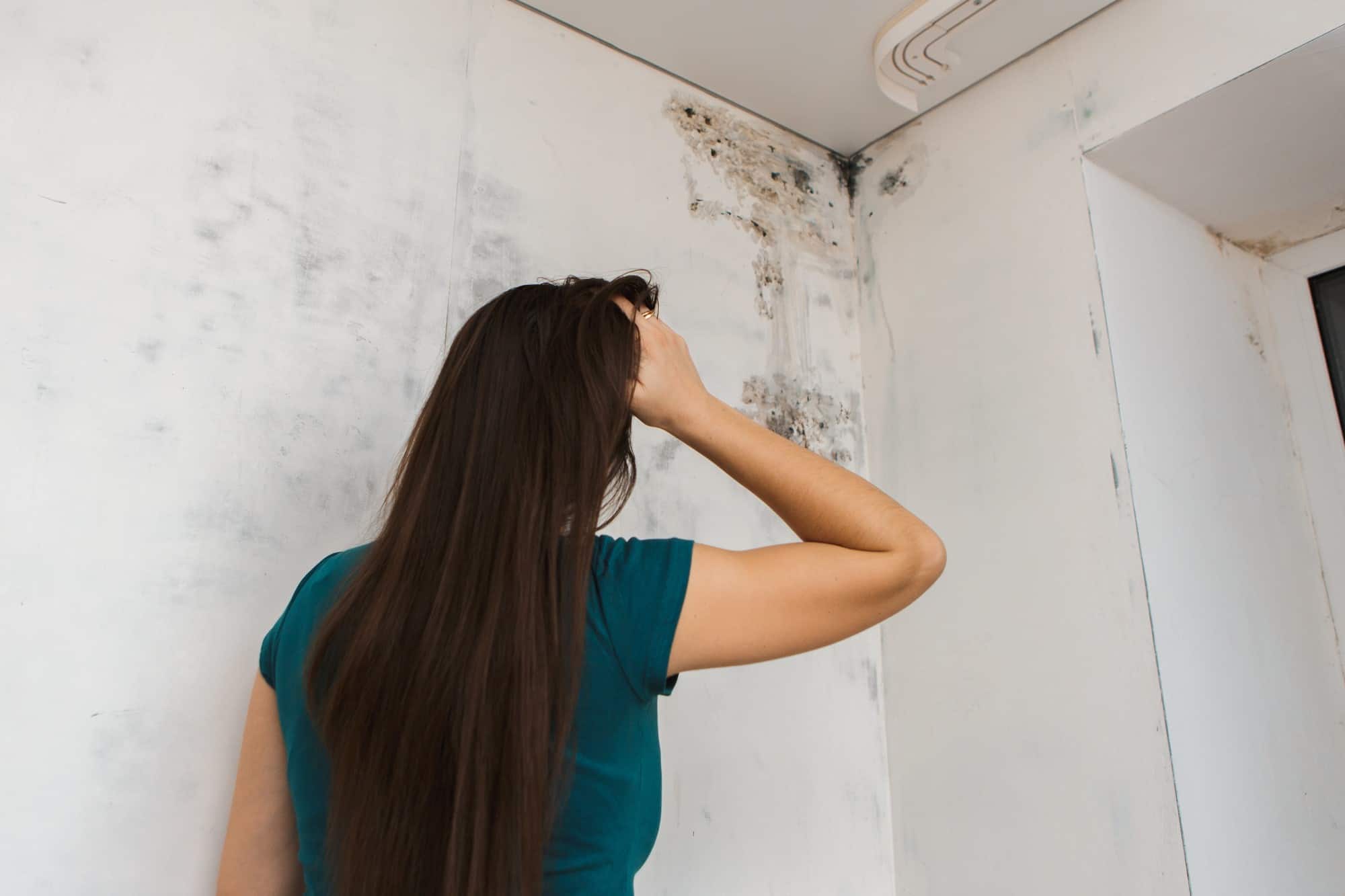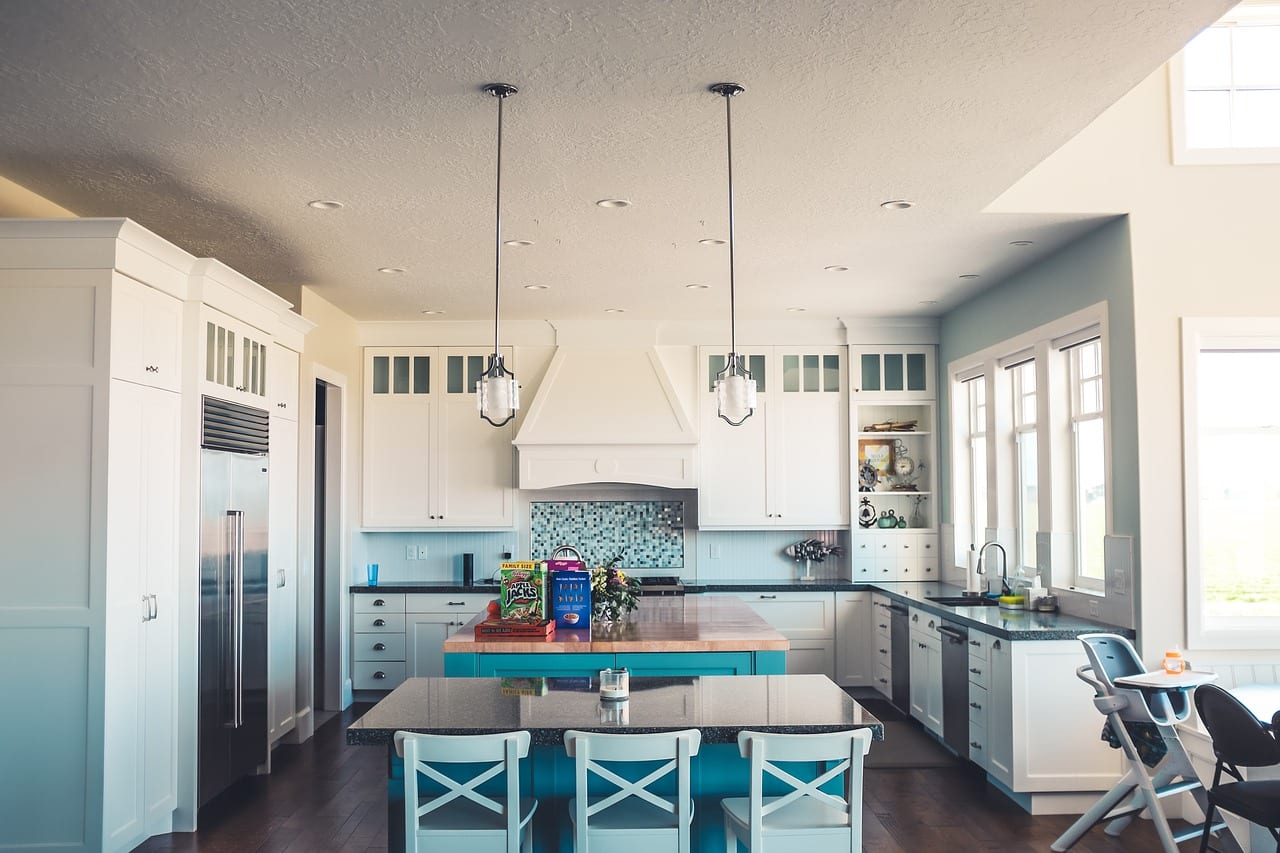Imagine walking through your front door, anticipating a quiet evening in your cozy abode, only to discover that water damage has turned your sanctuary into a disaster zone. The familiar warmth of home is replaced with damp carpets, swollen walls, and an unwelcome musty aroma.
It’s a nightmare no homeowner wants to face — but take heart! With the right approach and expert guidance, you can restore your haven to its original splendor.
In this comprehensive article, we’ll delve into several proven water damage restoration techniques as well as when to call water damage repair services to help you reclaim your cherished home oasis.
Now, prepare to embark on a journey toward effective recovery!
Assess the Damage
Before diving into any restoration efforts, it’s essential to accurately assess the extent of the water damage.
Begin by carefully inspecting your home for visible signs of water infiltration, like stained walls or ceilings and warped flooring. Additionally, use a moisture meter to detect hidden moisture lurking within walls and floors.
Once you’ve identified the affected areas, document the damage by taking photos or videos for insurance purposes.
Next, determine the source of the water damage. Is it due to a burst pipe, heavy rainfall, or perhaps a malfunctioning appliance? Identifying the culprit will help guide your restoration efforts and prevent future recurrences.
Remove Excess Water
Time is of the essence when it comes to water damage restoration. The longer water lingers in your home, the more opportunity there is for mold growth and structural deterioration.
To begin removing excess water from your home, use wet/dry vacuums, mops, towels, or even a squeegee if applicable. For larger quantities of standing water, consider renting a submersible pump to expedite the process.
Once you’ve removed as much water as possible, open windows and doors to promote air circulation and speed up drying time.
Remember: Safety should always come first — if there are any electrical hazards present, consult a professional electrician before attempting to remove water.
Dry & Dehumidify
After extracting the excess water, it’s crucial to thoroughly dry and dehumidify all affected areas. To do this, use a combination of fans, air movers, and dehumidifiers to eliminate moisture from the air and surfaces.
Be sure to monitor humidity levels with a hygrometer, aiming for a relative humidity of 30-50% to prevent mold growth.
For large-scale water damage or hard-to-reach areas, consider hiring a professional restoration service with specialized drying equipment. They’ll be able to quickly and efficiently restore your home’s moisture levels back to normal.
Clean & Sanitize
It’s not just about removing water; it’s also essential that you clean and sanitize all affected materials to ensure a safe living environment.
Start by discarding any unsalvageable items that have been contaminated by water or mold. Then, use a non-abrasive cleaner on surfaces like walls, floors, and countertops — and don’t forget to clean the hidden nooks and crannies!
For belongings that can be saved, gently wash them in warm soapy water or consider using an antimicrobial treatment to prevent mold growth. Remember to wear protective gear like gloves and masks during the cleaning process to protect yourself from harmful contaminants.
Repair & Restore
Now that your home is free of excess water and contaminants, it’s time to repair any damaged materials and restore your home oasis. This may involve replacing drywall, insulation, flooring, or other structural components.
Depending on your skill level and the extent of the damage, you may need to hire professionals like carpenters or painters to help with this step.
Finally, take preventative measures such as installing sump pumps, upgrading drainage systems, or waterproofing your basement to avoid future water damage incidents.
When to Call Professionals?
While taking matters into your own hands can be tempting, certain situations call for the expertise of professional water damage restoration specialists. Knowing when to enlist their help can save you valuable time and resources, and ensure a safe and efficient restoration of your home oasis.
Here are some scenarios in which it’s wise to call in the pros:
Extensive or Severe Damage
If the water damage covers a large area or has caused significant structural damage, attempting DIY repairs may be both dangerous and inadequate.
In such cases, professional restoration experts will have the necessary equipment and experience to address the issue thoroughly and restore your home to its pre-damage state.
Category 2 or 3 Water
Water damage can be classified into three categories based on contamination levels.
While Category 1 (clean water) can typically be handled without professional assistance, Categories 2 (greywater) and 3 (blackwater) involve contaminated water that poses health risks.
If you’re dealing with water from sewage backups, flooding, or other contaminated sources, it’s crucial to seek professional help for proper cleaning and sanitation.
Mold Growth
Mold can begin to grow within 24-48 hours of water exposure, posing respiratory hazards and further damaging your property.
If you spot visible mold or suspect hidden growth, enlisting a certified mold remediation specialist is essential to safely and effectively address the problem.
Electrical Hazards
Water and electricity are a dangerous combination.
If there’s any risk of electrical hazards due to water damage — such as submerged outlets or compromised wiring — consult with a licensed electrician before proceeding with any restoration efforts.
Time Constraints
Restoring your home after water damage can be a time-consuming process, particularly if you lack the necessary tools and experience.
If you’re unable to dedicate the required time to properly address the damage, calling professionals will ensure a faster recovery while preventing further complications.
Conclusion
Dealing with water damage can feel overwhelming, but by following these effective restoration techniques, you’ll be well on your way to reviving your home oasis. Remember that time is of the essence — act quickly, stay safe, and don’t hesitate to call in professionals when needed.
With a little elbow grease and perseverance, your home will soon be back to its pre-damage state, inviting you to relax and unwind once again. Good luck!
Discover more from Futurist Architecture
Subscribe to get the latest posts sent to your email.




